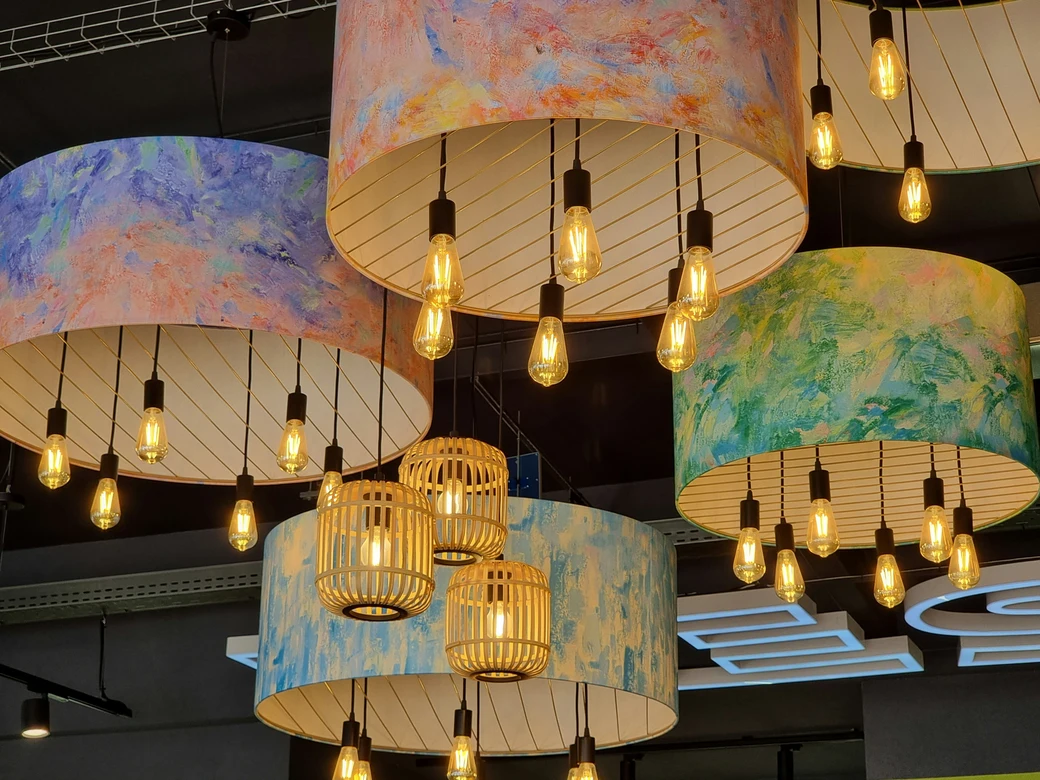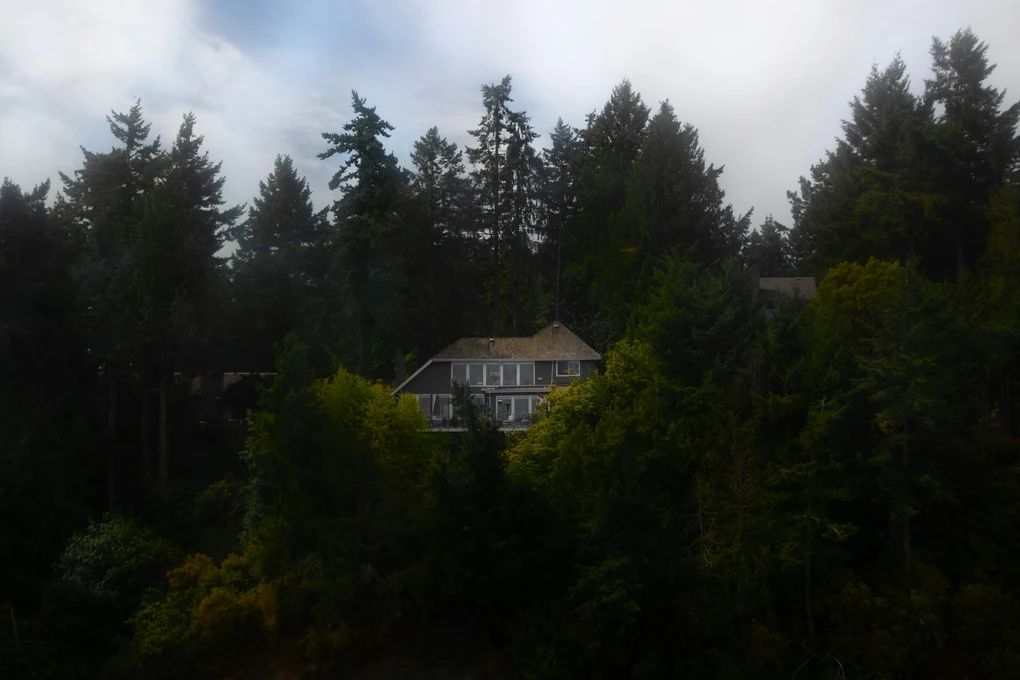Lighting is one of the most powerful yet overlooked elements in a home. It affects everything from your mood to your sleep cycle, productivity, and even skin health. But finding the right placement, intensity, and timing for each bulb in every room isn’t easy—unless you’re using AI light mapping.
This smart technology takes the guesswork out of interior lighting by analyzing room layouts, natural light exposure, and personal preferences to suggest the best smart bulb placement for wellness. Whether you want to feel energized in the morning, calm before bed, or focused in your home office, AI lighting systems adapt your environment in real time.
Let’s explore how AI-powered light mapping transforms ordinary spaces into wellness-boosting sanctuaries.

1. What Is AI Light Mapping?
AI light mapping uses computer vision, room scanning, and environmental sensors to analyze your space and generate a personalized lighting plan. It considers:
- Natural daylight exposure
- Room dimensions and wall color
- Furniture placement and reflectivity
- Daily routines and circadian rhythm data
Smart home hubs like Philips Hue, Nanoleaf, and Govee AI Light Studio incorporate this data to suggest optimal bulb locations, brightness levels, and schedules that align with wellness goals.
2. Why Lighting Placement Affects Your Health
Poor lighting can:
- Disrupt sleep (too much blue light at night)
- Cause eye strain (overhead glare in workspaces)
- Affect mood (dim or inconsistent lighting)
- Contribute to seasonal affective disorder (SAD)
AI light mapping creates a dynamic system that adjusts throughout the day to support mental and physical wellness.
3. Morning Boost: Simulated Sunrises in Bedrooms
Smart bulbs placed behind bed frames, in corner floor lamps, or on ceiling fixtures can simulate sunrise at your wake-up time. AI adjusts the hue and intensity gradually, reducing cortisol spikes and supporting natural alertness.
Best AI setup:
- Bulb placement behind headboard
- Warm-to-cool tone shift between 6 AM–8 AM
- Sync with sleep trackers or alarm apps
4. Midday Focus: Balanced Lighting in Workspaces
If you’re working from home, the wrong lighting can lead to fatigue and poor focus. AI recommends placing smart bulbs above and behind your desk—not in front—to avoid glare and shadow.
Tips from AI light mapping tools:
- Use cool white (5000–6000K) for mental clarity
- Place lights on both sides of your screen
- Automatically dim during video calls
5. Evening Wind-Down: Amber Light in Living Areas
AI light systems transition to warm tones (2700–3000K) after sunset to cue your body that it’s time to relax. Strategic placement in side tables, shelves, or under-cabinet lights makes a big difference.
AI-driven automation:
- Lights dim slowly over 2 hours
- Bulbs adjust warmth based on outdoor sunset time
- Syncs with smart blinds or sleep modes
6. Wellness in the Bathroom: Spa-Like Ambience
Bathrooms often have harsh overhead lighting. AI maps mirror height, user routines, and space size to recommend softer vanity lighting and under-cabinet strips.
Wellness tips with AI light mapping:
- Add LED strips under mirrors
- Use motion-sensor smart bulbs with adjustable color
- Match tone to activity (energizing for AM showers, calming for PM baths)
7. Kitchen Energy: Layered Lighting for Meal Times
Lighting in kitchens should keep you energized but not overstimulated. AI maps surfaces like countertops, stove hoods, and islands to recommend task lighting that helps you cook efficiently without eye strain.
AI bulb placement:
- Cool white lighting over prep zones
- Smart pendants over islands
- Ambient toe-kick or cabinet lights for late-night snacking
8. AI Tools That Do the Mapping for You
Some of the most advanced systems include:
- Philips Hue Gradient + Hue Sync Box: Syncs with media and routines
- Nanoleaf Skylight: Learns your preferences and daylight patterns
- Govee AI Light Studio: Uses room scanning for bulb suggestions
- Samsung SmartThings Lighting Control: Automates based on sunrise/sunset and motion
9. Mobile Apps for DIY AI Light Mapping
You don’t need a full smart home to benefit. Use apps like:
- Lux Light Meter Pro: Measures real-time lighting
- Light EQ: Suggests color temperature based on circadian rhythms
- RoomScan Pro + Home Design 3D: Combine to plan bulb placement using AI
10. Smart Scenes That Change With Your Mood
Create AI-powered light scenes like:
- “Yoga Mode”: Soft amber floor lighting with dimmed overheads
- “Dinner Party”: Mixed ambient and pendant lighting in warm tones
- “TV Time”: LED backlighting behind screen, lights dimmed to 10%
AI adjusts based on weather, time, and even your calendar events for maximum wellness alignment.
Conclusion: Light Your Space, Brighten Your Life
With the help of AI light mapping, you can go beyond aesthetics and design lighting that actively supports your health and happiness. These systems give you personalized control, day-to-night balance, and the peace of mind that your lighting choices are enhancing—not disrupting—your life.
Ready to turn your home into a wellness-driven smart space? Check out our Living Spaces category for more AI-powered design inspiration.
FAQs
1. What is AI light mapping?
AI light mapping uses environmental analysis and real-time data to suggest the best placement and settings for smart lighting.
2. Can smart bulbs improve mental wellness?
Yes. Adjusting lighting based on time of day, activity, and mood has proven effects on energy, sleep, and stress reduction.
3. Do I need a smart home system for AI light mapping?
Not necessarily. Mobile apps and standalone smart bulbs can also use AI recommendations.
4. How does lighting affect sleep?
Cool, bright light in the morning boosts alertness, while warm, dim lighting at night promotes melatonin production and better sleep.
5. Are there affordable AI lighting systems?
Yes. Brands like Wyze, Govee, and TP-Link offer budget-friendly smart bulbs with AI-powered scheduling and mood-based presets.







